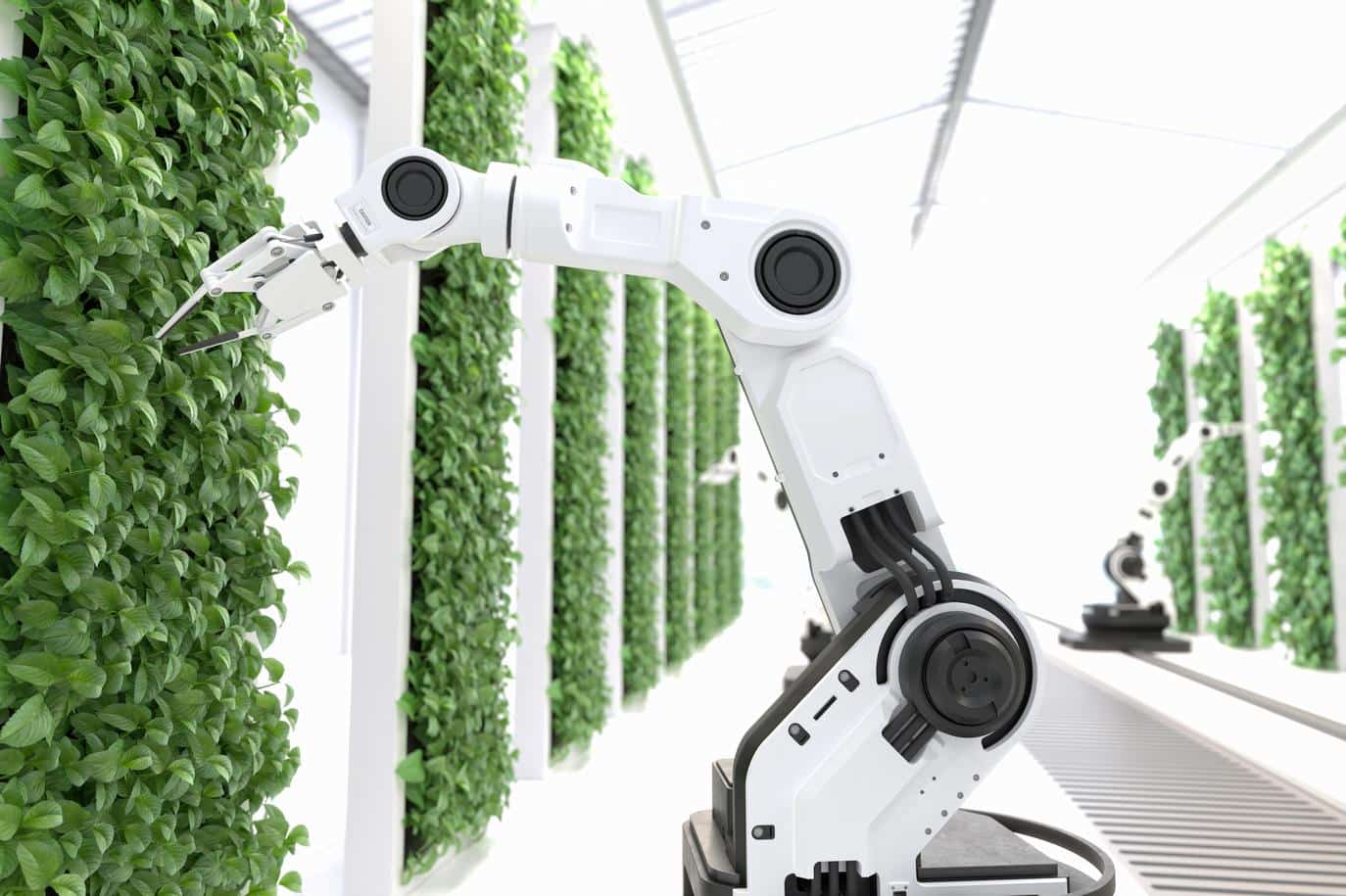Key Takeaways
- By 2050, food production needs to increase by 70% to support a global population of 9.1 billion, while arable land is diminishing.
- Vertical farming and precision agriculture, powered by AI, are transforming modern agriculture by enhancing efficiency and sustainability.
- Despite high initial costs and infrastructure challenges, smart agriculture presents opportunities for increased productivity and reduced environmental impact.
The Agricultural Challenge of the 21st Century
As global population growth continues, traditional farming methods are struggling to meet the increasing food demands sustainably. Predictions indicate the world population will hit 9.1 billion by 2050, necessitating a 70% surge in food production. Climate change, urbanization, and soil degradation are further exacerbating the situation, rendering conventional farming inadequate. Artificial intelligence (AI) is set to play a transformative role, optimizing agricultural practices through predictive analytics, real-time monitoring, and automation.
Understanding Vertical Farming
Vertical farming, which grows crops in stacked layers, is becoming a viable solution for urban agriculture. This method reduces reliance on extensive land and climatic conditions. The global market for vertical farming is projected to grow from USD 8.15 billion in 2024 to USD 24.95 billion by 2030. AI enhances vertical farming through environmental control systems, predictive maintenance, and early detection of crop health issues.
Precision Farming: Targeted Agriculture
Precision farming makes use of GPS, IoT sensors, drones, and AI to optimize crop management. This approach allows for specific care based on micro-level data, improving soil and crop monitoring and enabling precise pest management. Furthermore, autonomous machinery is increasingly utilized, leading to greater efficiency and reduced labor reliance.
Integration of Farming Techniques
Both vertical and precision farming are vital for sustainable agriculture. While vertical farming excels in urban, resource-limited areas, precision farming benefits larger rural operations. The integration of these techniques, aided by AI, fosters continuous improvement through feedback loops that enhance agricultural practices.
Innovative Technologies in Smart Agriculture
Key technologies include farm management platforms and decision support systems that integrate various data sources, enabling farmers to adopt data-driven strategies. As AI enhances efficiency, the sector transitions from a reactive to a proactive model.
Benefits and Challenges of AI in Agriculture
AI-driven agriculture promotes resource efficiency, higher yields, and labor optimization while presenting its own challenges, including high initial costs, data privacy concerns, and the need for digital literacy. Addressing these challenges requires collaboration among various stakeholders.
Future Trends and Global Impact
AI-powered smart agriculture is already showing positive results globally, especially in land-limited regions. Future advancements are expected to include increased automation, blockchain for supply chain transparency, and improved connectivity through technologies like 5G. These innovations will make AI more accessible, allowing small farms to utilize its benefits.
In conclusion, the combination of vertical farming, precision agriculture, and AI is revolutionizing food production, promoting sustainability, and helping meet future challenges in agriculture.
The content above is a summary. For more details, see the source article.















